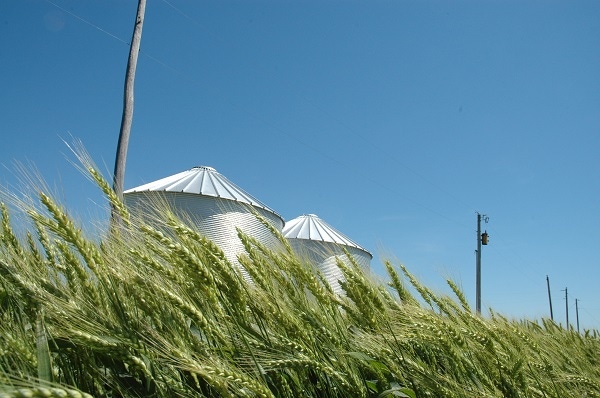February 10, 2014

KCBT March wheat contract prices had been declining since the October 23, 2013, $7.75 peak price. Contract prices appeared to be building a floor at $6.20. After grinding near $6.20 for 14 trading days, prices broke-out the bottom and went from $6.22 to $6.08.
The price low for the 2013/14 wheat marketing year may $6.08. After hitting $6.08, it took five trading days for the March contract price to increase through the $6.17, $6.30, and $6.50 price resistance levels. Two closes above the $6.60 price resistance level will indicate that the next target price is $6.80 and may be $6.94.
The questions are; “Why did prices increase?” and “Where are prices going from here?”
Why have wheat prices been low this long?
Prices increased because “there were more buyers than sellers.” There were more buyers because market analysts believed that the extreme cold temperatures and, in some locations, a shortage of soil moisture (drought) resulted in a relatively large decrease in the 2014 hard red winter (HRW) wheat crop condition and production potential.
Oklahoma’s wheat crop condition was lowered from 8 percent rated poor to very-poor to 24 percent rated poor to very-poor. The good-to-excellent percentage was changed from 63 percent to 36 percent.
For more on wheat outlook and markets, please check out Southwest Farm Press Daily and receive the latest news right to your inbox.
Kansas’ wheat crop conditions were lowered about the same percentages as Oklahoma's with the poor to very-poor percentage increasing to 20 percent. Since 37 percent of the Texas wheat crop was already rated poor to very-poor, there was only a small change to 41 percent. Texas’ wheat good-to-excellent percentage was lowered from 23 percent to 19 percent.
Analysts will not know the full impact of relatively cold temperatures and dry soil conditions until mid- to late-March when wheat has been out of dormancy for a few weeks. The market’s reaction to lower crop conditions ratings emphasize the importance of 2014 HRW wheat production.
Relatively strong U.S. wheat export sales may be another reason wheat prices increased. The USDA projects that all wheat marketing-year (June 1 through May 31) exports will be 17 percent higher than during the 2012/13 marketing year. Hard red winter wheat exports are projected to be 18 percent higher. As of January 30, all wheat export sales were 27 percent higher than this time last year and HRW wheat export sales were 29 percent higher.
Oklahoma and Texas cash wheat prices have increased the same amount as the KCBT March contract price. The KCBT July wheat contract (new crop contract) has not increased as much as the March contract (old crop contract).
On January 13, the KCBT March contract price was $6.20 and the July contract price was $6.18 (March over July 2-cent spread). At this writing, the March contract price is $6.60 and the July contract price is $6.37 (March over July 23-cent price spread). Since January 13, the March contract price has increased 21 cents more than the July contract price.
This increased spread reflects the tightness of current wheat stocks and the potential for a relatively large 2014 HRW wheat crop. If the 2014 HRW wheat crop condition continues to decline, this 23-cent price spread between the March and July wheat contracts will decline.
The February USDA/WASDE (World Agricultural Supply and Demand Estimates) report projected 2013/14 wheat ending stocks to be 558 million bushels compared to 718 million bushels for the 2012/13 wheat marketing year. Hard red winter wheat ending stocks were lowered to 181 million bushels compared to 343 million bushels last year.
Higher wheat prices were caused by lowered 2014 wheat production expectations and tighter than expected wheat stocks.
Unless wheat crop conditions improve, wheat prices are projected to be steady to higher. Below average 2014 HRW wheat production could result in wheat price near $7.
For more on the wheat outlook:
Increasing wheat yield requires genetics, management
About the Author(s)
You May Also Like






